The city is the capital of Osaka Prefecture. Often dubbed the second city of Japan, Osaka was historically the commercial capital of Japan, and to date the heart of Japan's second largest, and the world's ninth largest metropolitan area of Osaka-Kobe-Kyoto, whose population is 17,220,000.
A unique title that the city of Osaka holds is the first place in Japan for day to night population ratio of 141%, a depiction of Osaka's economic- and commerce-centric character. While at night time the population ranks third place in the country at 2.6 million, in daytime it surges to 3.7 million, second only after Tokyo.
Osaka is traditionally considered the "nation's kitchen" (天下の台所, tenka no daidokoro?) or the gourmet food capital of Japan.
Heian - Edo Period
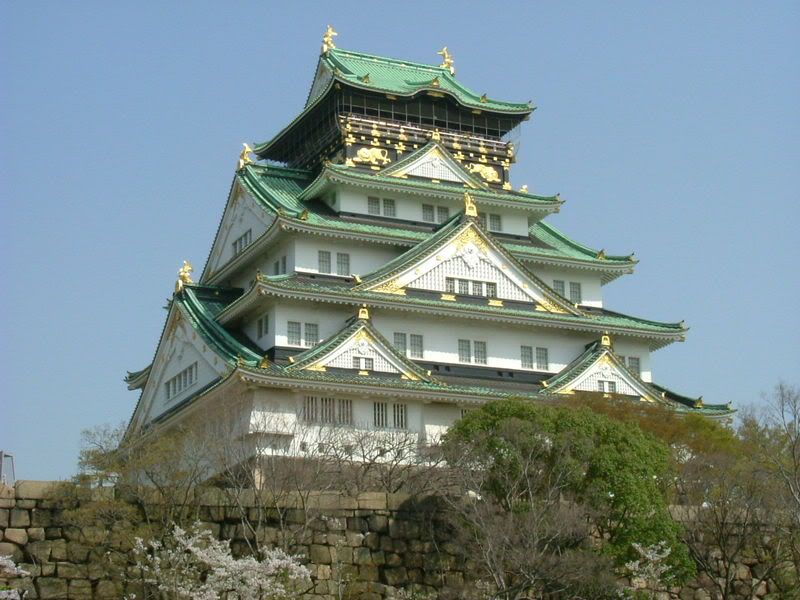
In 1496, the Jōdo Shinshū Buddhist sect set up their headquarters in the heavily fortified Ishiyama Hongan-ji on top of the ruins of the old Naniwa imperial palace. In 1570, Oda Nobunaga started a siege of the temple that lasted for 10 years. The monks finally surrendered in 1580, the temple was razed, and Toyotomi Hideyoshi constructed Osaka Castle on its site.
Osaka was for a long time Japan's most important economic center with a large percentage of the population belonging to the merchant class (see Four divisions of society). Over the course of the Edo period (1603–1867), Osaka grew into one of Japan's major cities and returned to its ancient role as a lively and important port. Its popular culture was closely related to ukiyo-e depictions of life in Edo. Developing in parallel with the urban culture of Kyoto and Edo, Osaka likewise featured bunraku and grand kabuki productions, pleasure quarters, and a lively artistic community.
In 1837 Ōshio Heihachirō, a low ranking samurai, led a peasant insurrection in response to the city's unwillingness to support the many poor and suffering families in the area. Approximately one quarter of the city was razed before shogunal officials put down the rebellion, after which Ōshio killed himself.[11]
Modern Osaka
The modern city was initially designated in 1889 by government ordinance, starting up with an area of merely 15 km², overlapping today's Chūō and Nishi wards. Later the city went through three major expansions to reach current size of 222 km².
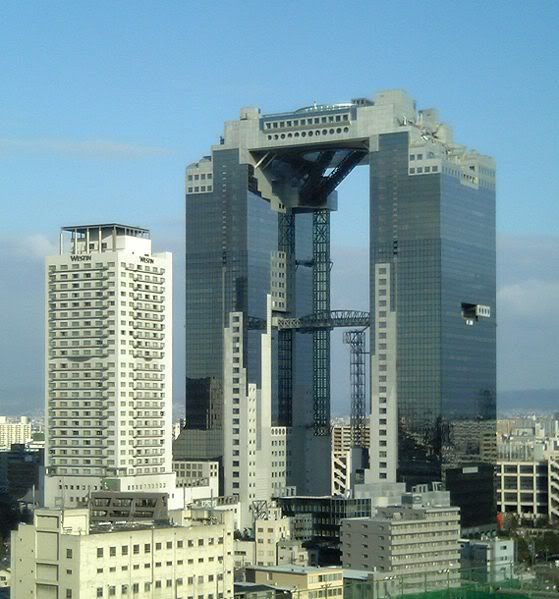
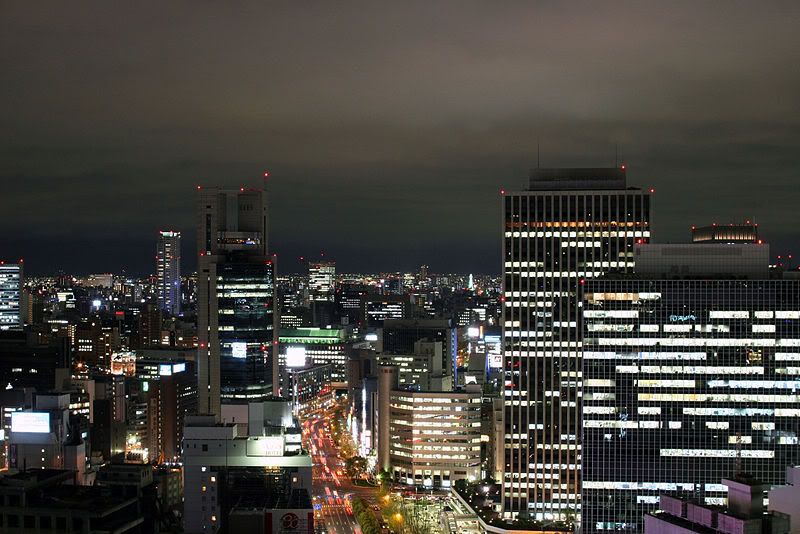
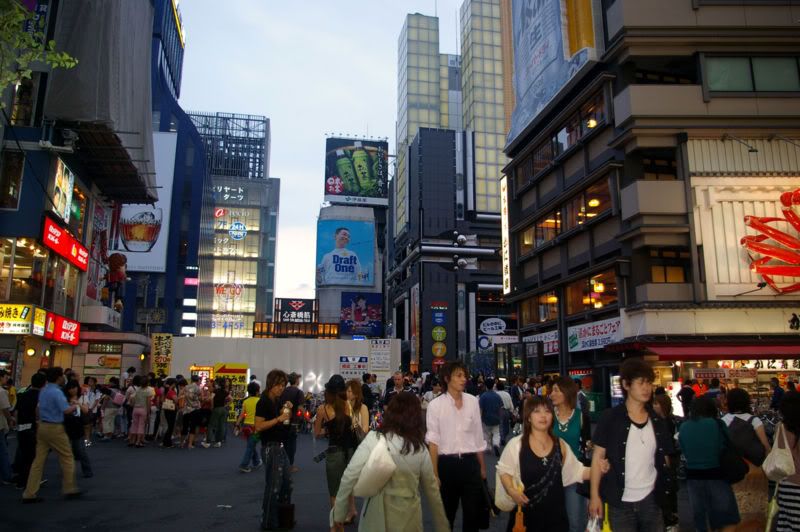
"Osaka" (大阪), Etymology
Osaka literally means "Large Hill" or "Large Slope".
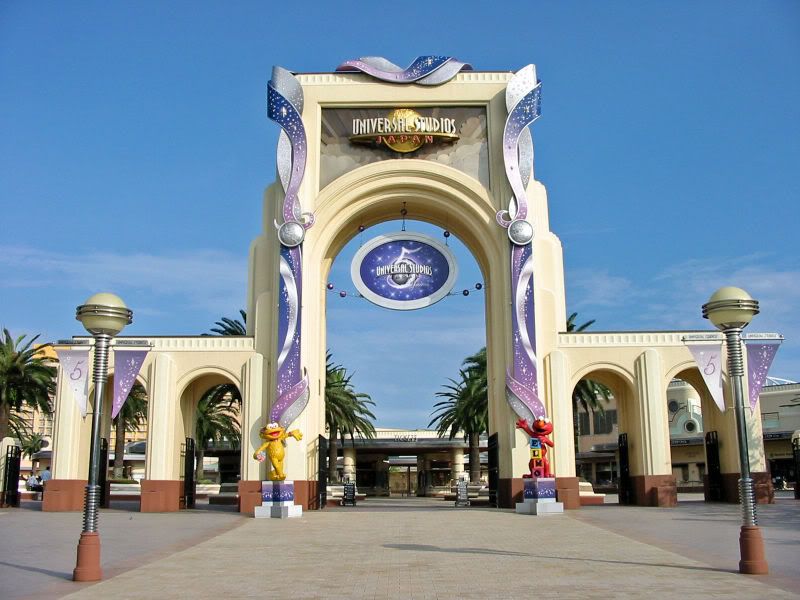
It is unclear when the name Ōsaka gained prominence over Naniwa, but the oldest usage of the name dates back to 1496 in a text written about the foundation of the Ishiyama Hongan-ji. At this time, the second kanji was "坂," instead of the "阪" used today. In the beginning of Meiji Era, the government changed the second kanji 坂 to 阪 because the previous one could, if the radicals were read separately, be interpreted as "(will) return to soil" (土に返る), which seemed a bit gloomy. This remains the official spelling today, though the old one is still in very limited use to emphasize history.
one of the finest cities of japan, osaka, the hana kimi drama series settings had been initiated right here in this city, well it appears that japan had also the best cities in asia.


No comments:
Post a Comment